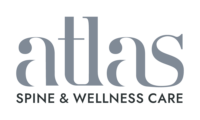The 5 Whys of Upper Cervical Chiropractic Care
Dr. Felix Periard • February 4th, 2024

Introduction
A Bit of Upper Cervical Nomenclature...
Atlas/C1: first vertebra of the neck; sits under the skull
Axis/C2: second vertebra of the neck; sits under C1
Upper cervical spine: C1 and C2
Craniocervical junction: area comprised of the base of skull (cranium), the Atlas, and the Axis
Misalignment of the upper cervical spine = misalignment of the craniocervical junction = misalignment of the head and neck
For the sake of simplicity:
Subluxation = misalignment
Craniocervical = upper cervical
Craniocervical chiropractic care = upper cervical chiropractic care
Chiropractic has become alarmingly confusing for the public thanks to…well…nobody other than us, chiropractors. When people think of chiropractic, nowadays, they think of neck and back “cracking,” weekly visits until death, back pain, e-stim and massages, and other mumbo-jumbo. There is nothing wrong with some of it, but it’s just not chiropractic.
Chiropractic is a philosophy, science, and art of locating, analyzing, and adjusting a vertebral subluxation. A vertebral subluxation is 1. a misaligned vertebra 2. a misaligned vertebra causing interference and dysfunction to nervous system function.
Upper cervical chiropractic care is a branch of chiropractic in which the practitioner focuses solely on the upper neck.
This article will focus on such a subject.
Upper Cervical Care Discussion Points...
A Tidbit About Chiropractic
Chiropractic’s foundation rests on the idea that if you find, analyze, and adjust (no pun intended!) the cause of dysfunction, provided you give time to the body to heal, a problem caused by such dysfunction will disappear.
Such a cause of dysfunction is found in the spine; in the form of a misaligned vertebra. This misaligned vertebra, when being a source of malfunction, is called a subluxation.
This misalignment causing dis-ease; this subluxation, has massive health repercussions because of its effects on the nervous system. Indeed, way before chiropractic became a drug for “crack” junkies, its call to fame was its potential to restore and normalize nervous system functions.
With time and the effects of the corrupted human mind, chiropractic became this bastardized show of a microphone clipped to a cute girl’s yoga pants while she is getting her spine twisted and popped left and right; with ZERO consideration for her spine.
To understand chiropractic I will ask you to forget everything you have learned, and especially seen. Forget about the “crack,” forget about the neck twisting, forget about the weekly visits and specifically forget about chiropractic being a treatment for a specific ailment, say back pain.
A Tidbit About Upper Cervical Chiropractic
Upper cervical chiropractic, or craniocervical junction chiropractic, is a very specialized branch of the profession. An upper cervical chiropractor focuses solely on the top two bones of the neck in addition to the cranium (skull). The analysis and adjustment are singularly aimed at this area of the spine.
Upper cervical chiropractors are extremely detail-oriented in their evaluation of the craniocervical junction. An extensive physical examination followed by very specific X-Rays or a CBCT scan is the norm. There is no guesswork and not a single one would adjust someone without knowing where, how, and especially IF they need to be adjusted.
For the upper cervical chiropractor, that is the most important question: does my patient need to be adjusted? And the reason is very simple: an adjustment made at the right place and right time will have a myriad of benefits — an adjustment made at the wrong time, even if at the right place will have a myriad of negative effects.
The upper cervical chiropractor always seeks to adjust with the most precision, as least often as possible, and only when needed.
Chiropractic: Care Rooted In the Cause
Chiropractic is not a treatment; or at least not as it is commonly thought of.
Here is the definition of treatment from the Merriam-Webster dictionary: “a therapeutic agent, therapy, or procedure used to treat a medical condition.”
Chiropractic never aims at treating a medical condition. A chiropractor can never say he/she adjusted to treat low back pain, for example. Adjustments are not treatments because their reason is not based on a condition. Adjustments exist because subluxations exist.
Take this scenario as an example:
A man walks into a chiropractor’s office. Such a man says he wants to see the doctor because his back hurts. After sitting with the man and going over his history, the chiropractor now has a better understanding of the man’s condition, yet, is still clueless as to what to do for that man, chiropractically. Whether the man has low back pain, headaches, or dizziness changes nothing for the chiropractor. (***Other than in a case of emergency, of course***). The chiropractor needs to evaluate the man to confirm the presence of a subluxation; the chiropractor must also take X-Rays to analyze said subluxation, to analyze and quantify the misalignment of the man’s spine.
Someone can have low back pain and not be a good fit for chiropractic care. The condition matters very little. The presence of a subluxation does. The presence of dis-ease does. The presence of a dysfunctional nervous system and body does.
Chiropractic care is rooted in (one of) the causes of dis-ease; it is rooted in evaluating one for subluxation, analyzing the spinal misalignment, and adjusting that subluxation to restore ease — normal function.
Chiropractic's Equations
Subluxation = dis-ease (dysfunction)
Dis-ease + time = damaged structure (body part(s))
Damaged body part + time = pain
Again, as mentioned prior, some “pains” do not originate from this equation. There is such a thing as trauma or infection or artery clotting leading to a heart attack, etc. However, it is undeniable that many illnesses have at their source long-standing dysfunction.
The following equation shows the workings of chiropractic:
Adjustment of a subluxation = restored ease (normal function)
Restored ease + time = healing of the damage
Healing of the damage + time = diminishing of symptoms
Time is a major player in chiropractic and that is because, without time, no damage or healing happens. Since damage took time to be done; and since symptoms begin after enough damage has been done, it is logical to assume that healing will take time and so will the disappearance of the symptoms.
Adjustment ≠ health/no symptoms.
Adjustment = restored function
The above equation is very difficult for most to understand because it goes against the contemporary medical world where one pill treats one problem. In chiropractic, the adjustment is not a treatment. Furthermore, the adjustment is only as valuable as its potential to hold (meaning, its potential to “stick”).
Holding is yet another strange and distant concept for most; probably because of years of chiropractors recommending weekly visits to their patients. The idea of holding is, nevertheless, an innately logical one. Take a house, as an example. Such a house has issues with its foundation. Contractors come, evaluate, examine, and determine what must be done to the house and its foundation to get it back straight.
Once this is done, the work can begin. As you can imagine, this work is not done in one day; it takes time. However, once the foundation is repaired, it doesn’t need to be re-repaired every single week. The house might need touch-ups here and there: a new floor, change a few windows, a new roof, etc. But still, it doesn’t need weekly repairs. The foundation, and the house, will hold the work that has been done for a while (under normal circumstances).
The spine is very similar in this regard. Granted, it is a living tissue, which means there are many more variables at play than with a house. Nonetheless, once the spine has been evaluated, and the course of action established; the spine should hold its alignment for a while, once the repair work has been done. Just like with a house, maintenance work is beneficial to the structure. The longer it goes uncared for the more work will need to be done at a later time.
Why Holding Matters
Going back to the house example: when is the house in better condition? When it’s repaired and maintained, correct? When is the spine in better condition, when it is aligned and maintained, correct? I knew this would make sense.
A misaligned and subluxated spine results in a state of bodily dysfunction. The adjustment made to that subluxation restores normal function. IF, and only if, the adjusted position is maintained will the unimpeded functions continue and the body will heal.
You can probably now see the problem with weekly adjustments, can you? If the adjusted position cannot even hold longer than a week (which it doesn’t if you need to be adjusted weekly), what are the benefits?
You get adjusted on Monday. Your body functions normally for a few days and then you “lose” your adjustment only to return to a state of dysfunction and repeat this cycle week after week? It sounds like a pretty bad bargain to me.
Now imagine an adjustment done on Monday, specifically, precisely, measured down to a fraction of a degree. This adjustment holds for one month. That is one whole month of healing and normal function happening inside of you. Now imagine this adjustment, with time, holds longer and longer. To a point where you only need to be seen a few times a year. Imagine the compounded benefits, year after year, of holding the adjustment for an extended period. Now that is a source of health and healing.
The concept is simple: the longer you hold, the more you heal.
Why Specificity Matters
The Merriam-Webster dictionary defines Specificity as the quality or condition of being specific.
The Merriam-Webster dictionary defines Specific as free from ambiguity: accurate.
The Merriam-Webster dictionary defines Accurate as free from error, especially as the result of care; able to give an accurate result; going to, reaching, or hitting the intended target: not missing the target.
Specificity matters for two reasons:
- The quality of the correction of the misaligned vertebra (the subluxated vertebra) is only as good as the quality (specificity) of the adjustment.
- A specific adjustment, producing a quality correction, will have the highest holding potential.
Let’s talk about 1. first.
The degree of misalignment of a subluxated vertebra can be scientifically and precisely measured, down to a fraction of a degree. This quantification of the misalignment allows the chiropractor to deliver the most specific adjustment, based on his calculations. These calculations also allow him to measure the degree of, or quality of, his correction. Just how much he has reduced the misalignment; just how straighter and less torsioned is the spine, and just how well is the body functioning now.
A specific adjustment will yield a better correction of the misalignment; a better result for the chiropractor AND the patient, as the patient will hold a better corrected misalignment longer than one only partially reduced.
It is also important to note that when a chiropractor measures his results, he can navigate the care of his patients based on objective findings rather than subjective ones. There is a very obvious reason for wanting to do that and it is because an adjustment can have the best effects when delivered on a subluxated vertebra and detrimental effects when delivered to an un-subluxated vertebra.
Onto 2.
Stability dictates how long an adjustment will hold. Many factors play in the “stability” idea but that is a subject for another article.
The most stable adjustment is one that is “gravity-friendly.” What I mean by gravity-friendly is a spinal position that is most suited to the constant pull of gravity on our bodies. A straight, or vertical, position is exactly that. Think about the Pisa Tower…not so friendly. Think about a skyscraper now. They are all built as straight as possible because that is the most sustainable position. The same concept applies to the spine.
A specific adjustment will have to highest chance of correcting the misalignment from a leaned, tilted, and twisted position to a vertical, straight, and centered one. This is the most stable alignment for the spine.
Specific adjustment —> correction of the misalignment to a gravity-friendly position —> likely the spine will hold the alignment for a long time.
See below the results a specific adjustment can accomplish. When there is no guessing, the adjustment — bio-engineered to fit the person’s proper anatomy — can recalibrate the structure of the spine from crooked to straight.
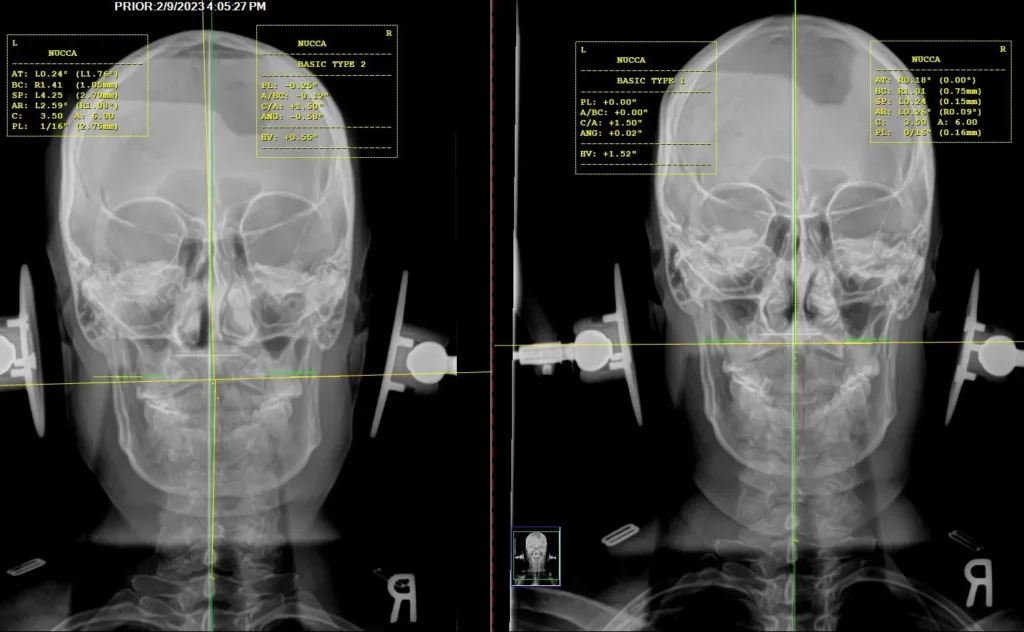
Why X-rays Matter
It seems a little obvious now that I have talked about the importance of a specific adjustment as to why X-rays are so important. Images of the spine are necessary to make a scientific decision as to how a subluxated vertebra’s misalignment needs to be corrected. No two people have the same spine with the same misalignment. Every adjustment has to be tailored to the individual and the individual’s spine. Hence the necessity of taking images to visualize the exact nature of the person’s misalignment.
See below two X-rays of two different persons showing completely different misalignments. Person A cannot be adjusted the same as person B.
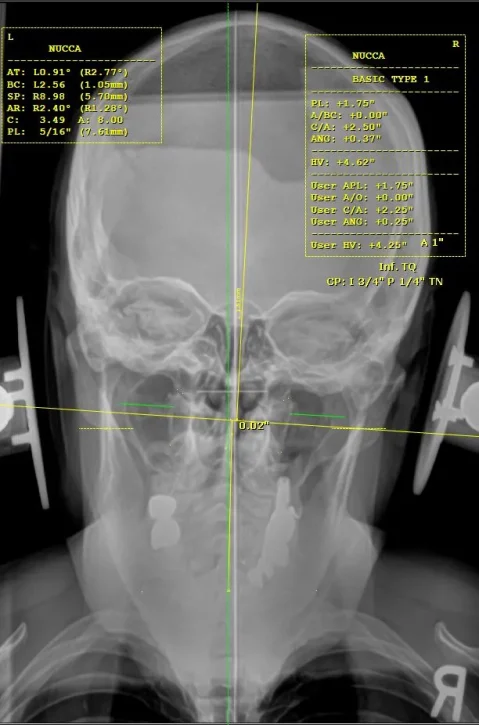
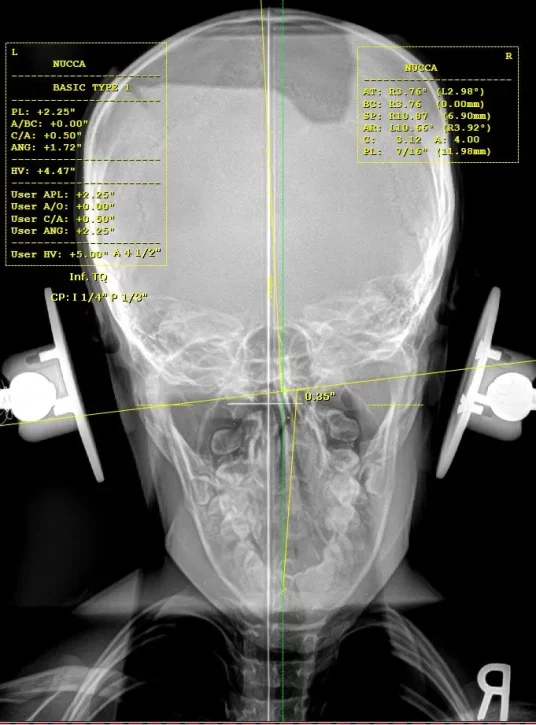
X-rays also allow the chiropractor to measure his results after an adjustment. It can help the chiropractor to decide whether another adjustment must be made or if the first one needs to be changed, tweaked, or adapted. (*Some chiropractors do not take this step and it is entirely appropriate the method/technique they use*).
It is also worth noting that X-rays permit the practitioner to evaluate for any possible reasons an adjustment couldn’t be done safely and effectively. Seeing the anatomy can also help in understanding the source of unrelated symptoms.
Why Upper Cervical Chiropractic Care Works
Generally speaking, chiropractic works because it normalizes and restores function, period. Upper cervical, specifically speaking, works so well because it addresses the area most prone to causing dysfunction and the area which has to most significant widespread influence on bodily functions. A subluxation — a misalignment causing interference to the nervous system — is most often found at the craniocervical junction. This subluxation of the Atlas (C1) — the top bone of the neck —will have the most severe consequences on the nervous system (in addition to blood vessels, but that is a topic for another article).
I am now forced to discuss anatomy for the simple reason that physiology (how stuff works) is dictated by anatomy (what stuff does the work). The craniocervical junction’s anatomy is extremely relevant as it paints a clear picture as to why an upper cervical subluxation can have a detrimental effect on health.
An upper cervical subluxation can affect:
- The brainstem, which is responsible for many vital functions of life, such as breathing, consciousness, blood pressure, heart rate, posture, and sleep.
- The cervicotrigeminal nucleus which is an area of convergence and relay for pain sensation from the head and neck areas. These nuclei are found in the brainstem.
- The vestibular nuclei which play a crucial role in spatial awareness, body balance, posture, and movement coordination. These nuclei are found in the brainstem.

- The vagus nerve which is the main parasympathetic (“rest and digest”) nerve of the body. It plays a major role in digestion, immunity, mood and some vital functions of life such as respiration, heart rate and blood pressure.

- The glossopharyngeal nerve. A special branch of this nerve, the internal carotid nerve, plays an important role in blood pressure regulation based on body position.
- The cervical sympathetic ganglion which relays important sympathetic (“fight of flight”) information to the head and neck.

- The spinal cord which is found just below the brainstem and contains all nerve fibers ascending and descending towards lower levels of the spine and the rest of the body.

- The spinal accessory nerve which is essential for neck and shoulder movement, the intrinsic musculature of the larynx, and the sensitive afferents of the trapezius and sternocleidomastoid musculature.
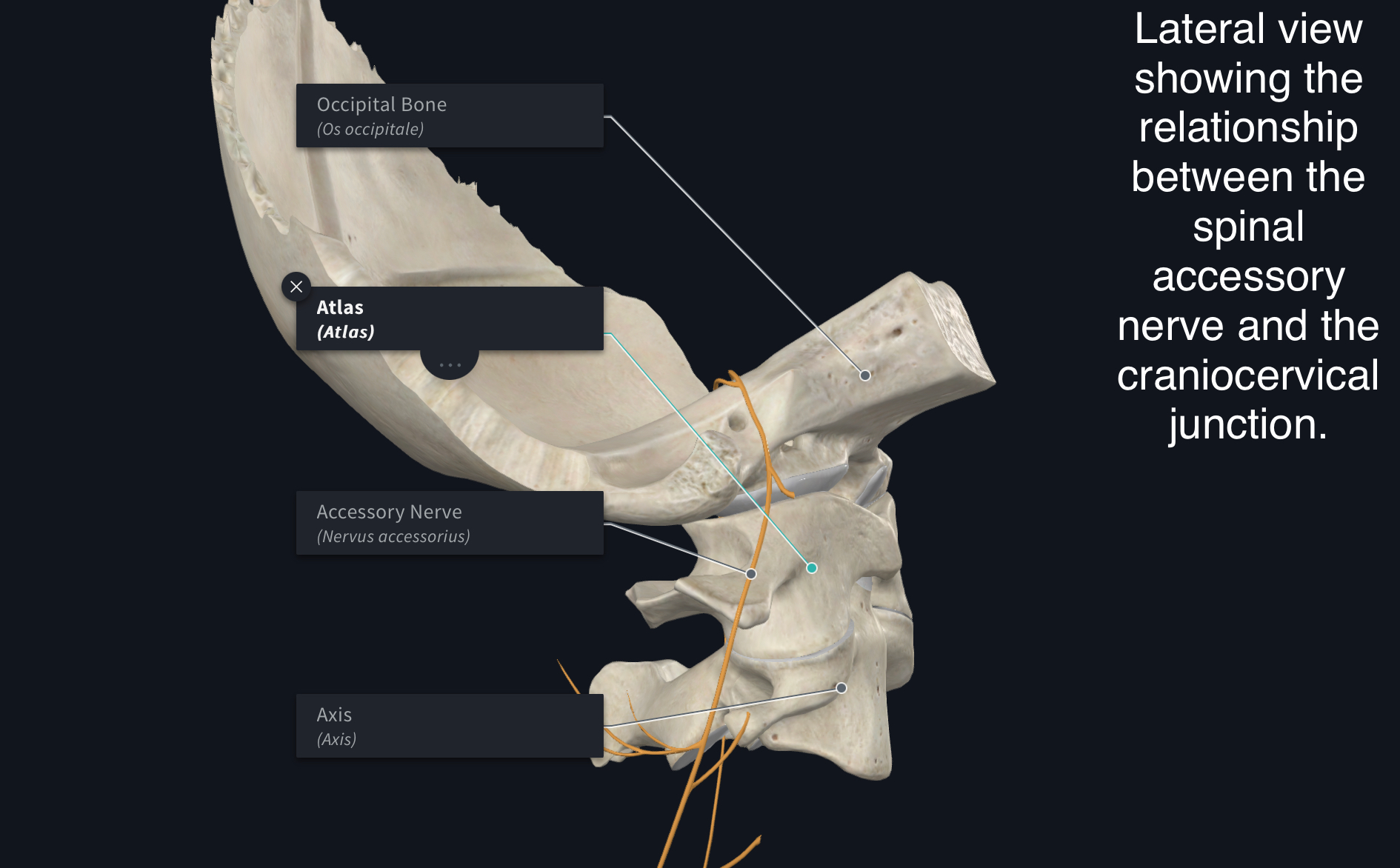
- The vertebral arteries and internal jugular veins which bring clean oxygenated blood to the brain while also draining toxin-filled blood from it.
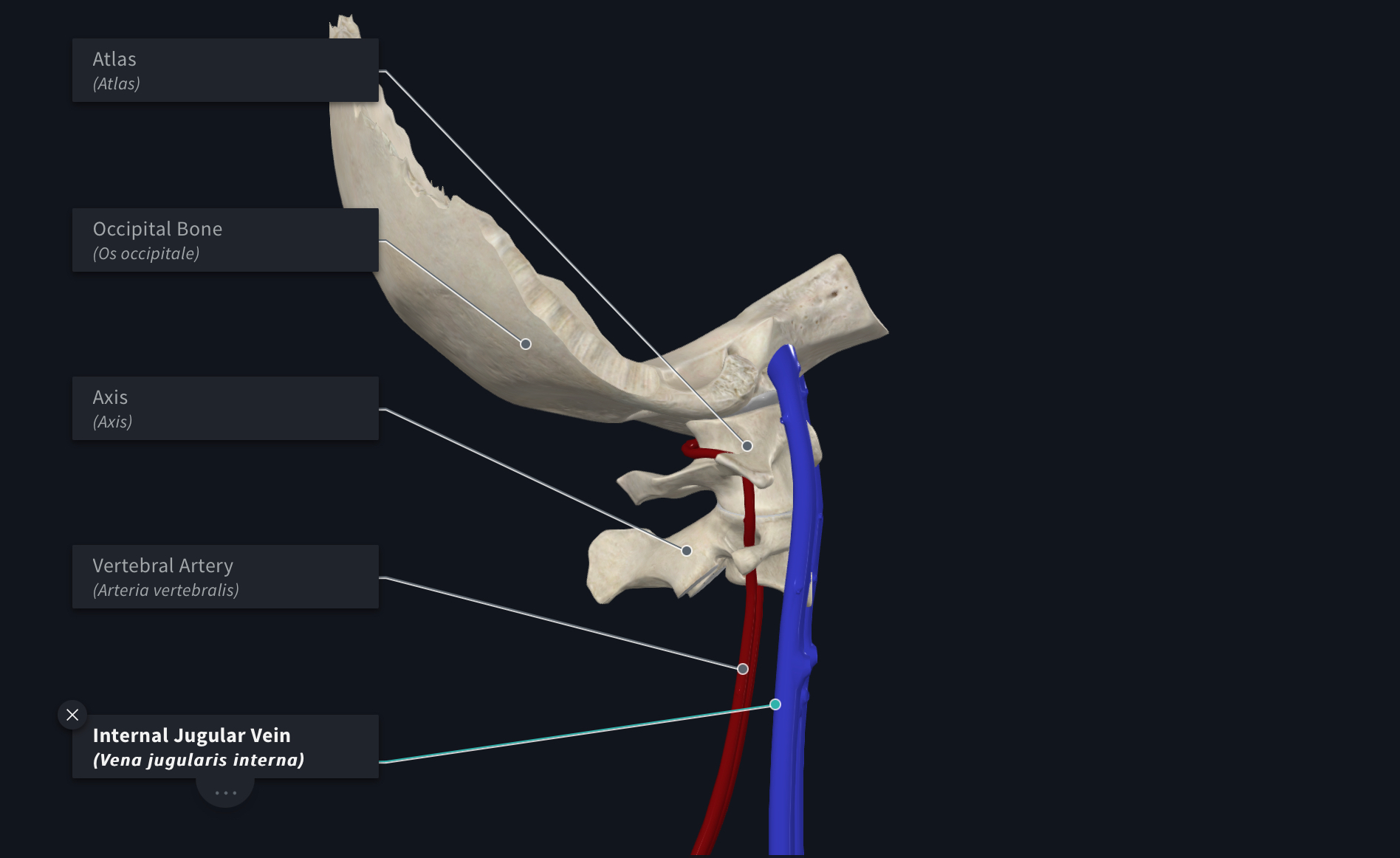

Apart from the disrupting effects an upper cervical subluxation can have on all of the essential-to-life anatomy, there is one more reason why upper cervical chiropractic works so well.
Because of its minimalist approach to spinal adjustment, tends to be underwhelming for the body. What I mean by this is, the less is done to the body, the easier it can adapt to what has been done. Consider a traditional chiropractor, adjusting 3 to 7 vertebrae in one session. That is 3 to 7 times the input the body has to deal with and adapt to. Upper cervical chiropractic is based on simplicity and the philosophy: “Less is more.”
Overall, caring for the highly impactful area that is the craniocervical junction coupled with minimal adjusting yields a spinal alignment that holds longer, and just as I covered above, holding is key.
Why Choose Upper Cervical Chiropractic Care
I think this is one of the most vital questions to ask, for a patient.
I will begin by listing the 4 reasons why someone should not see an upper cervical chiropractor:
- You enjoy your spine being “cracked,” “twisted,” and “popped.”
- You are in a hurry to get well and you cannot give the time your body needs to heal. You need someone to “relieve the pressure/tension,” right there and then.
- You cannot accept the idea that something done upriver will affect everything downriver.
- You have had a recent trauma/injury and need care because of damage to some tissue (muscle, ligament, cartilage)
Upper cervical chiropractic works hand in hand with the body’s innate ability to heal. The fine-tuning of the spine allows normal function to return and in due time, symptoms to heal.
Although upper cervical chiropractic care involves adjustments to the top of the neck, effects spread to the entire spine and body. Whether one suffers from knee pain or post-concussion syndrome, they can benefit from upper cervical chiropractic care (on the assumption that the person has a craniocervical subluxation).
Here are the 6 reasons why someone would do well to see an upper cervical chiropractor:
- You have sought out and tried many different therapies such as massage, PT, osteopathy, and traditional chiropractic and nothing has helped.
- You are looking for a solution/care that is aimed at restoring normal functions to your body.
- You are worried, scared, and apprehensive at the idea of getting your spine adjusted.
- You don’t have the desire to go to a chiropractor frequently (1X/week, for example).
- You have the patience and can understand that damage was done to your spine and body and damage takes time to heal.
- You have a complex problem and nobody and no tests have given you an answer
Most Common Conditions
An Upper Cervical Chiropractor Can Help
- Vertigo/Dizziness
- Migraines
- All types of headaches
- Post-concussion syndrome
- Chiari malformation symptoms
- Whiplash injury
- Craniocervical instability
- Chronic fatigue
- Brain fog
- Trigeminal neuralgia
- Torticollis
- POTS
- Anxiety
- Dys-autonomia
- Meniere’s disease
- Brainstem compression
